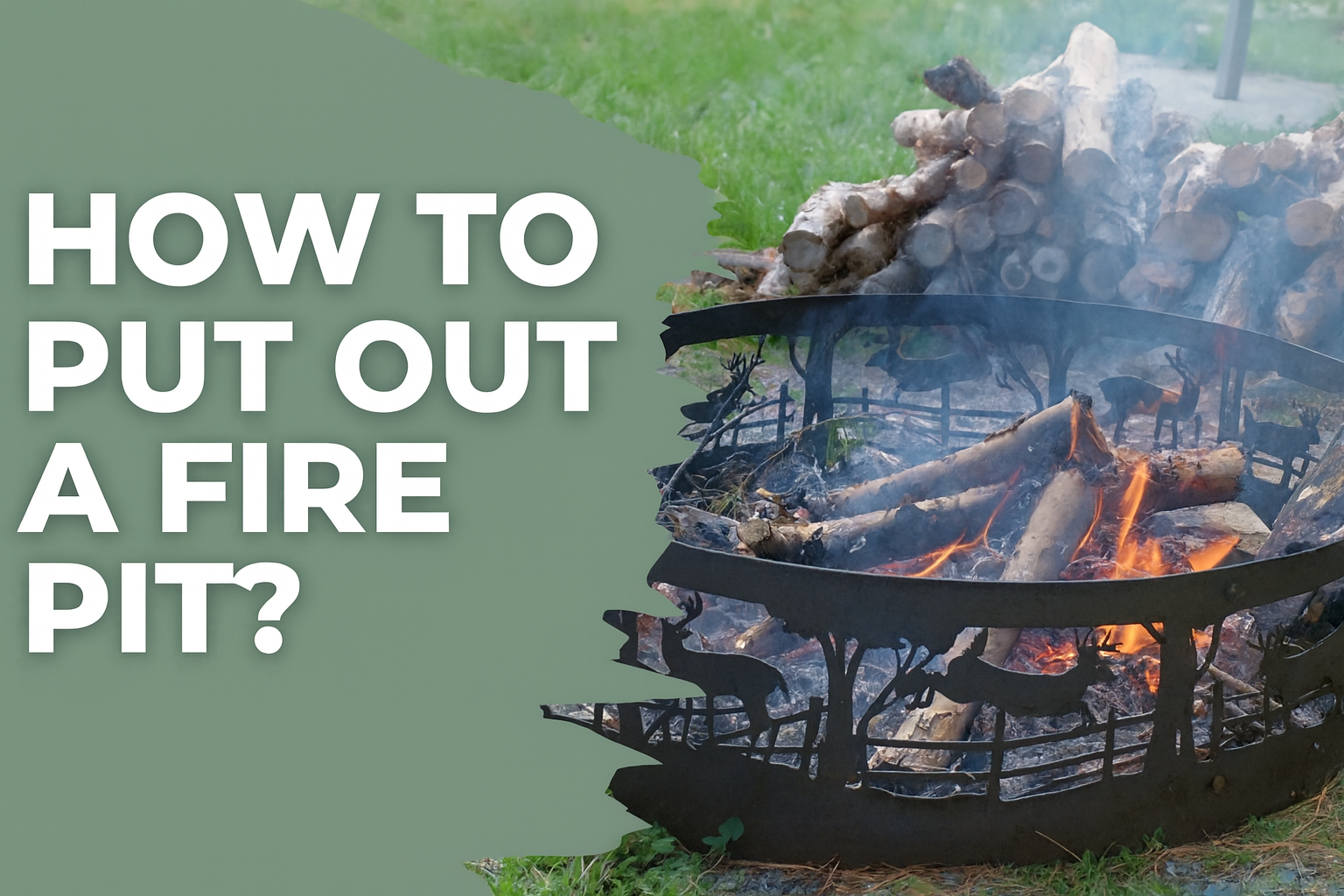Is there anything more magical than a fire bowl in the garden? The flames dance, the wood crackles and time seems to pass more slowly. Whether you’re telling stories or roasting marshmallows, a fire bowl is synonymous with warmth, conviviality and fond memories.
But as romantic as an evening by the fire is, safety is the top priority. Throughout Europe, fire departments and local authorities point out that improper use of fire pits is often the cause of garden, meadow or forest fires. Knowing how to extinguish a fire bowl properly and understanding the risks of unsupervised burning is therefore essential.
In this guide, you’ll find out why it’s so important to extinguish your fire properly, how to do it step by step and what can happen if you don’t. We love our fireplaces – but we also love safety.
1 Preparation for deletion
Preparation doesn’t start when the flames start to get smaller – it starts much earlier.
- Stop fuel in good time: Stop adding wood at least one hour before you plan to extinguish the fire. This allows flames to burn down to embers and the residual heat can be dealt with more easily and safely.
- Spread the embers: Use a poker or metal shovel to pull the embers and logs apart. This allows them to cool down more quickly.
- Safe location: Place the fire bowl on a non-flammable, level surface at least 1-2 m away from buildings, plants or flammable materials.
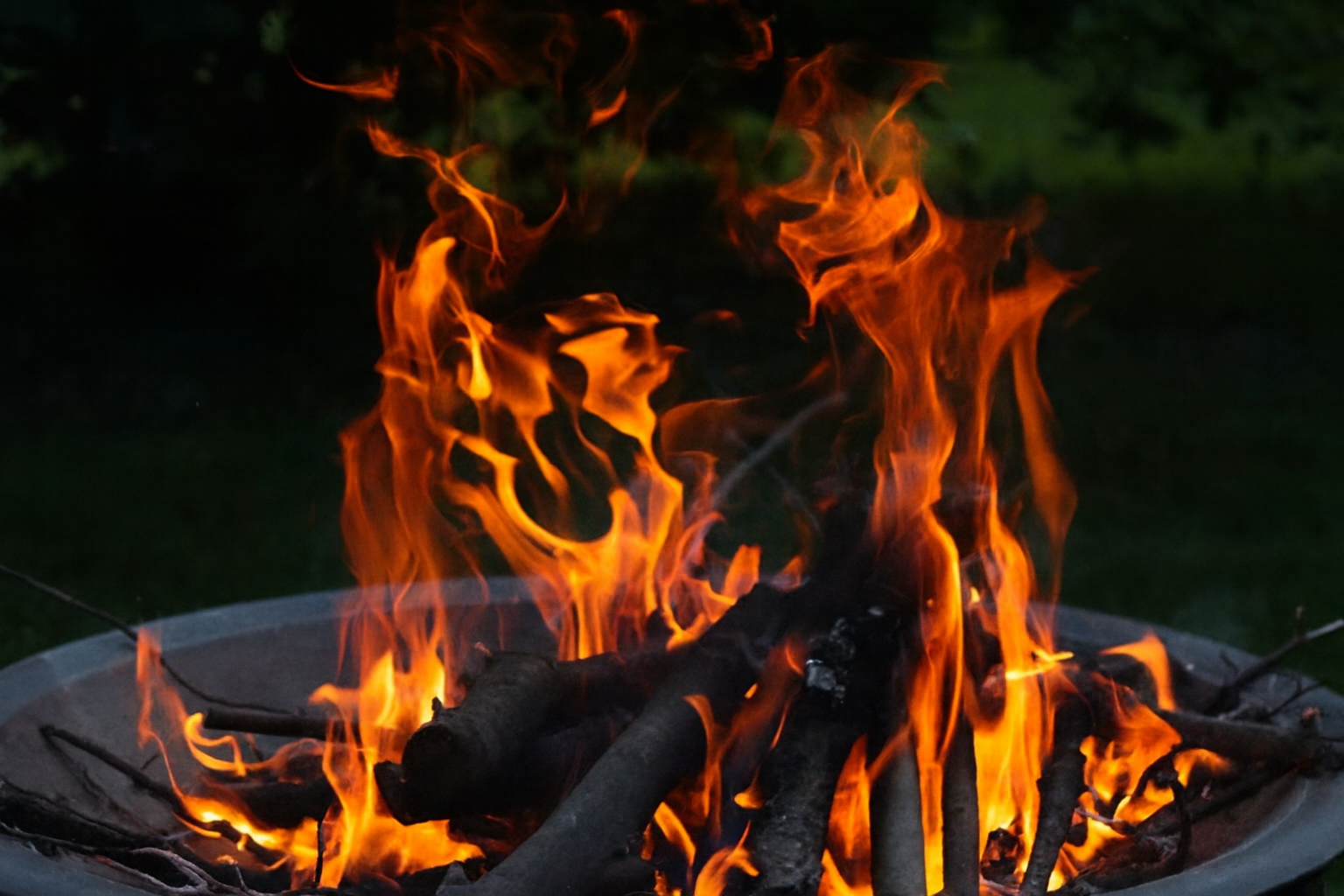
2 Different methods for different fire bowls
2.1 Gas and propane fire bowls
For gas or propane models, all you need to do is close the gas supply. This is as simple as switching off a gas stove – no gas, no flame. Make sure that your appliance is CE-approved and complies with European safety standards (e.g. EN 498, EN 14543).
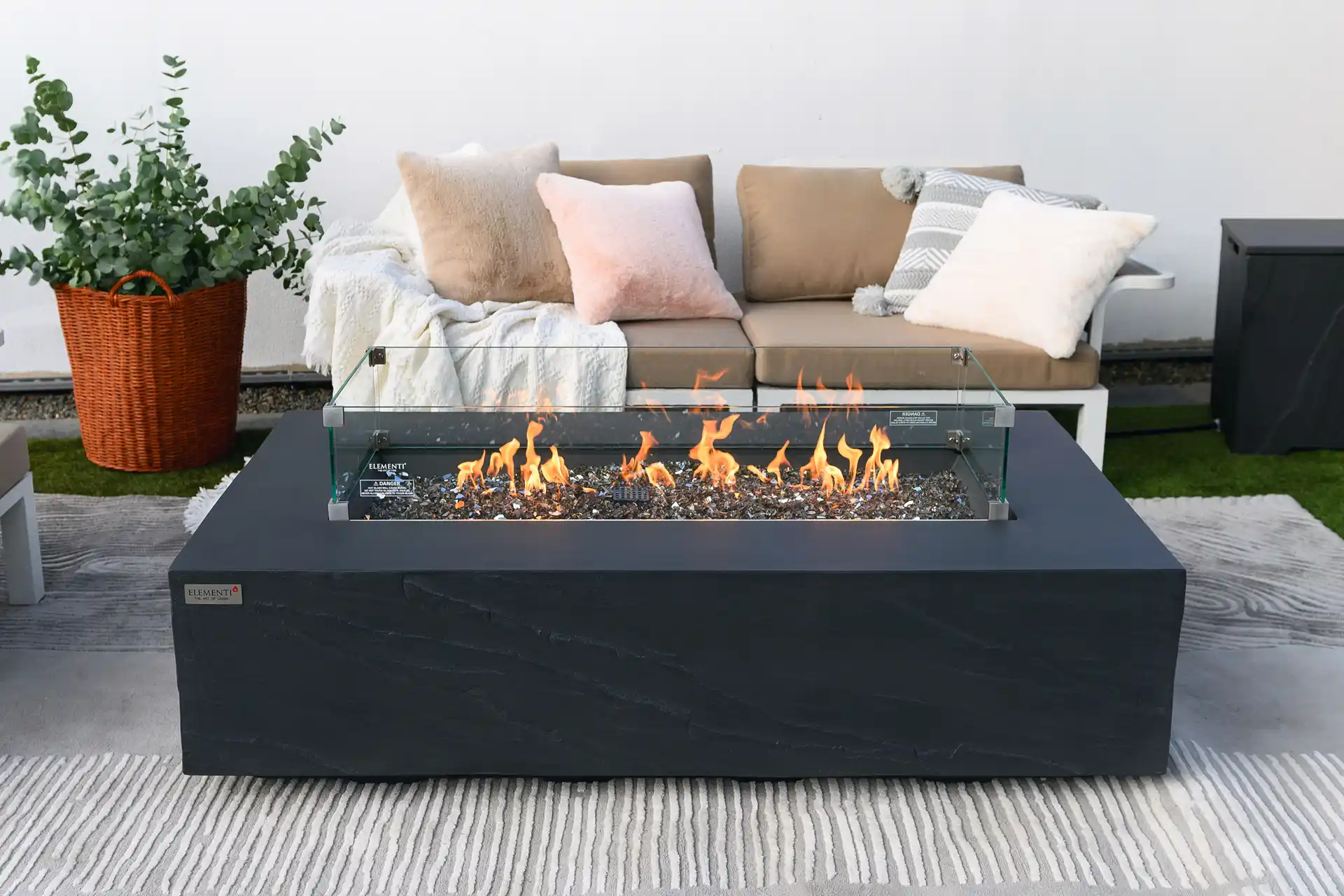
2.2 Wood-fired fire bowls
Wood fireplaces are somewhat more complex and require several steps:
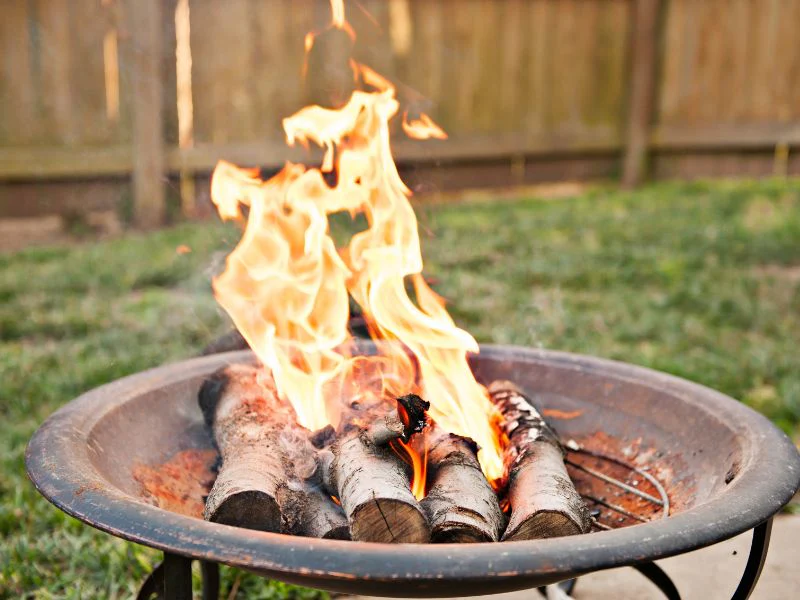
- Choose the right firewood: Only use dry, well-seasoned wood (“seasoned wood”). It burns cleaner, more evenly and is easier to extinguish.
- Avoid construction timber: Do not use treated or glued wood – it can give off dangerous vapors and burn uncontrollably.
- Let it burn out naturally: If no more new pieces of wood are added, the fire usually goes out by itself.
- Extinguish with water: Pour water slowly over the embers until everything is completely soaked. Not too quickly – otherwise steam or flying ash may be produced.
- Extinguish with sand or earth: Alternatively, place sand or earth over the embers to remove oxygen. Caution: Do not bury hot coals where someone could step on them.
- With an extinguishing lid (snuffer): A metal lid can stop the oxygen supply and prevent re-ignition.
- With a fire blanket: A fireproof blanket works on the same principle – the fire is smothered.
- With fire extinguisher: Only in an emergency if the fire gets out of control. Use a suitable fire extinguisher (class A or B) and follow the operating instructions.
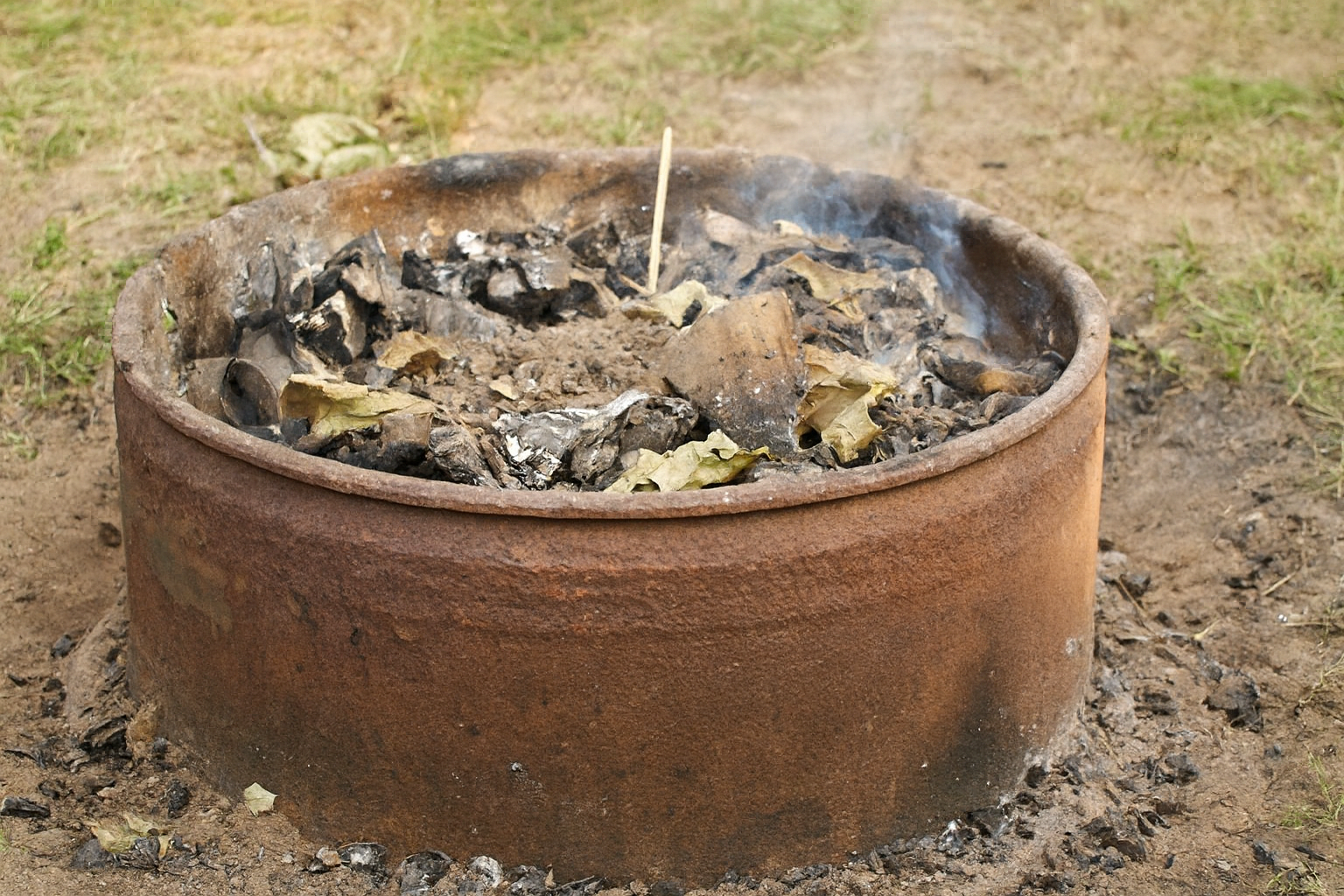
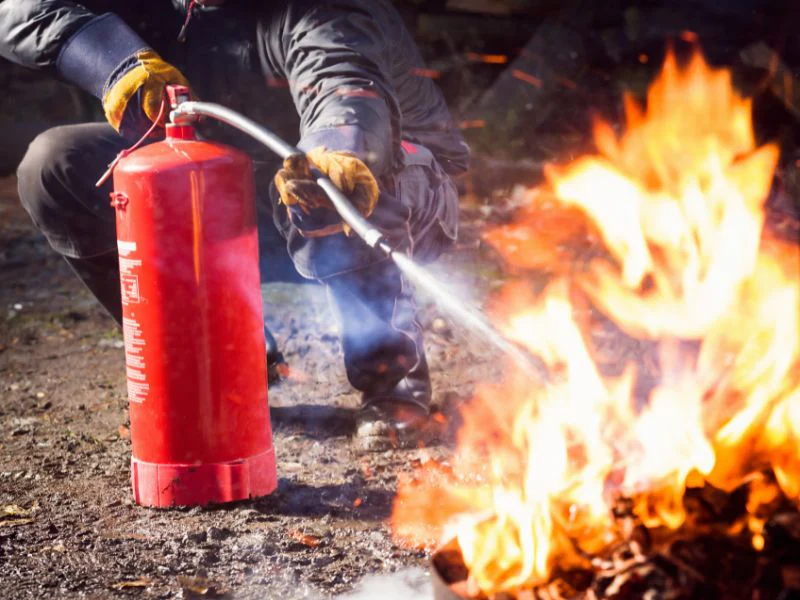
3 Safety tips for the fire bowl
- Keep enough distance: The fire bowl should be at least 1-2 meters away from buildings, wooden structures or furniture. Avoid use in strong winds.
- Protective screen and equipment: Use a spark guard and heat-resistant fire gloves. Metal parts can become extremely hot – use fire hooks or tongs.
- Have a fire extinguisher and first aid kit ready: In Europe, the emergency number to call in an emergency is 112– safety first.
- Act immediately in case of danger: If the fire gets out of control, leave the area and call for professional help. Things can be replaced – human lives cannot.
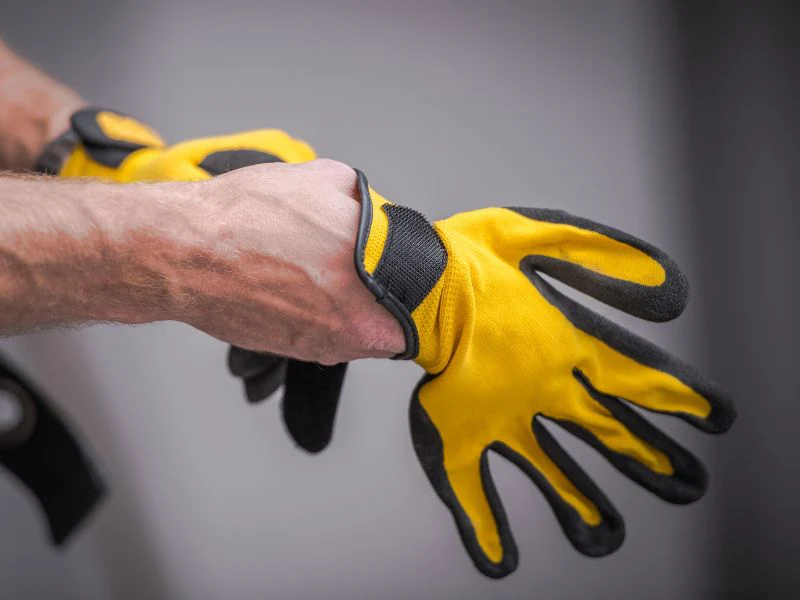
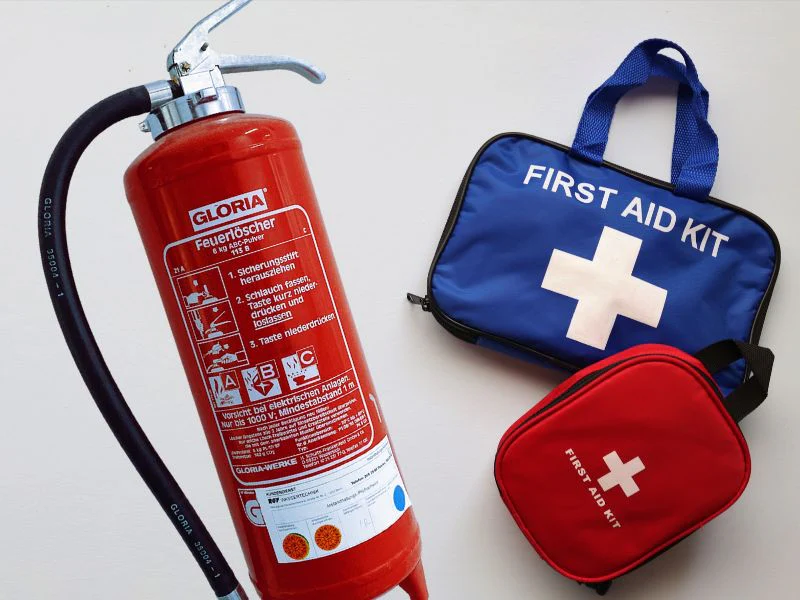
4 After deletion
- Check residual embers: Check that there are no embers or sparks left – especially on dry or windy days.
- Remove cooled ash: Only clean the fire bowl after it has cooled down completely. Ash residue can cause rust. Cold wood residues may – if permitted – be used as natural fertilizer in the garden or disposed of in accordance with municipal regulations.
- Allow to cool completely: Especially with metal trays – never cover or move them while they are still hot.
5 The importance of a fire bowl cover
- Rust protection: A weatherproof cover prevents corrosion caused by rain and moisture.
- Cleanliness: Keeps leaves, dust and dirt away – less cleaning effort.
- Safety: Prevents unintentional re-ignition due to wind and protects children or pets from hot surfaces.
- Longer service life: A high-quality cover protects the investment all year round.
Tip: Choose a cover that is weatherproof, UV-resistant and precisely matched to the size and shape of your fire bowl.
6 Insurance and liability
In Europe, fire protection often falls under various insurance policies:
| Insurance type | Coverage |
|---|---|
| Residential building insurance | Damage to the building itself |
| Household contents insurance | Damage to movable property |
| Personal liability | Personal injury and property damage to third parties |
Not every policy covers outdoor fires or garden fires. Check with your insurance company:
- Does it cover damage caused by garden fires or fire bowls?
- Are accidents caused by unattended firing excluded?
- Are gas or bioethanol fireplaces with CE/EN certification mandatory?
Inform your insurance company proactively about the use of a fire bowl – this avoids disputes later on.
7 Frequently asked questions (FAQ)
-
Can I use water to extinguish the fire bowl?
Yes, you can use water for wood fires, but pour slowly so that no hot ash is stirred up. Never use water on gas or ethanol models – this can damage the appliance. -
What is the safest way to delete?
1) Do not add new wood.
2) Spread embers.
3) Extinguish with water, sand, extinguishing cap or fire extinguisher.
4) Stir the ashes to make sure that everything is extinguished. -
Can I just let the fire bowl burn out?
No. Even if the flames have gone out, embers can remain hot for hours. Always extinguish them completely before leaving them unattended. -
How do I clean the fire bowl properly?
Allow to cool completely, then remove ash with a metal shovel and dispose of in a metal container. Dispose of or use ashes in accordance with local regulations.
8 Conclusion
Whether gas or wood – safety and responsibility always come first. Follow the operating instructions and European standards (CE / EN), observe local regulations (e.g. fire bans in dry weather) and have extinguishing agents to hand. So the fire remains a pleasure – and not a risk.
🔥 May every fire be safely lit and safely extinguished!









